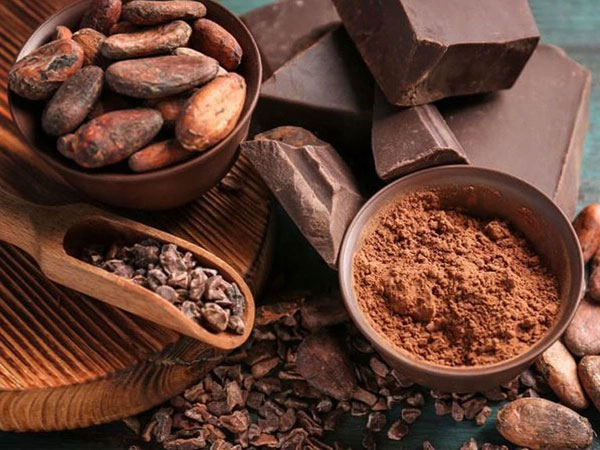
To get the benefits of chocolate, Harvard TH Chan School of Public Health (USA) recommends that people with diabetes should choose dark chocolate containing 70% cocoa or more. This food is high in carbohydrates (carbs), so it is necessary to keep the amount of carbs for a snack at a maximum of 15-30 g to control blood sugar. For example, three squares of 72% cocoa dark chocolate contain about 14 g of carbs, three squares of milk chocolate have 18 g of carbs. Do not consume more than 28 g of chocolate per day because they contain a lot of calories, sugar and saturated fat that can easily cause weight gain.
People with diabetes should limit dark chocolate with caramel, toffee or other sugary additions, limit to no more than 8 g of sugar per 28 g of chocolate, and prioritize chocolate containing nuts. For example, almonds are a safe choice because these nuts help you feel full for a long time and can slow the increase in blood sugar levels. Additionally, incorporating almonds, chocolate, and cocoa into your diet without exceeding your daily calorie needs may reduce your risk of heart disease.
Unsweetened cocoa powder or cocoa nibs contain minerals like iron and magnesium, which are beneficial for people with diabetes. Magnesium deficiency is linked to type 2 diabetes, which is often associated with frequent urination.
According to the US Department of Agriculture, a 28-gram serving of cocoa nibs has about 10 grams of carbs, 9 grams of fiber, and 4 grams of protein. Fiber regulates blood sugar levels, while protein slows digestion, helping you feel full longer, thereby controlling blood sugar.
People with diabetes can combine cocoa powder with yogurt rich in protein and beneficial gut bacteria (probiotics). Probiotics reduce A1C (average blood sugar over three months) and fasting insulin levels, helping to manage type 2 diabetes. People with diabetes should avoid chocolate containing artificial sweeteners because of the risk of increasing blood sugar.























